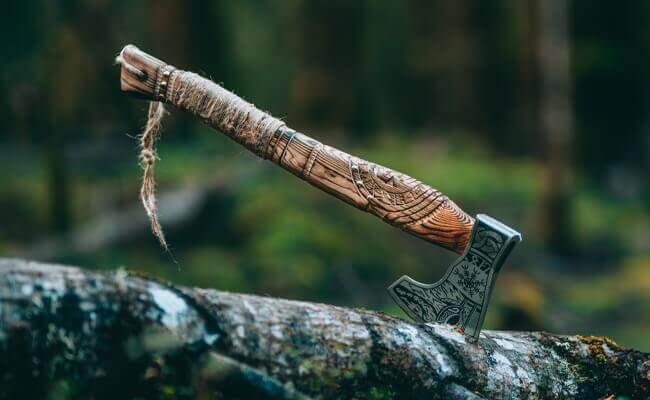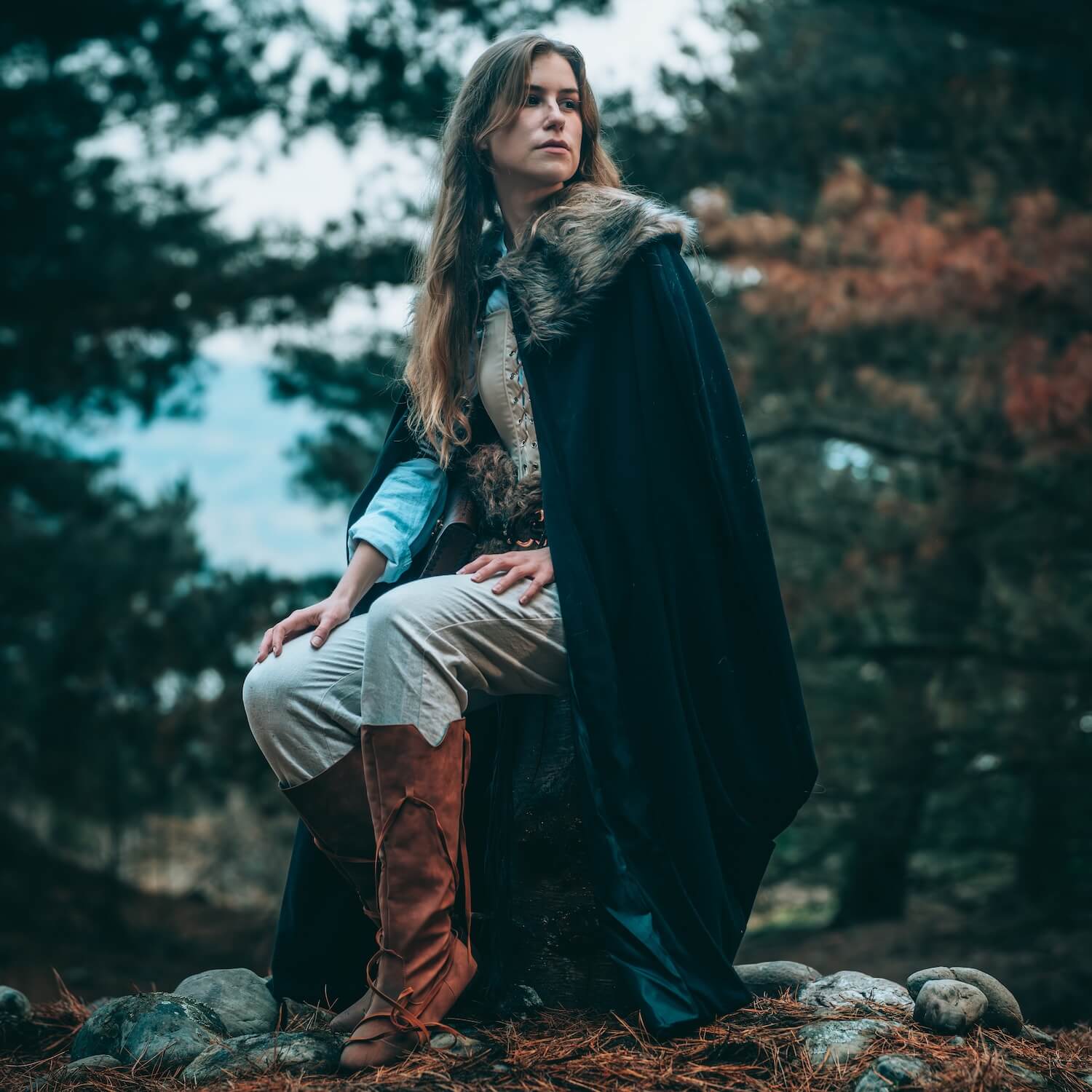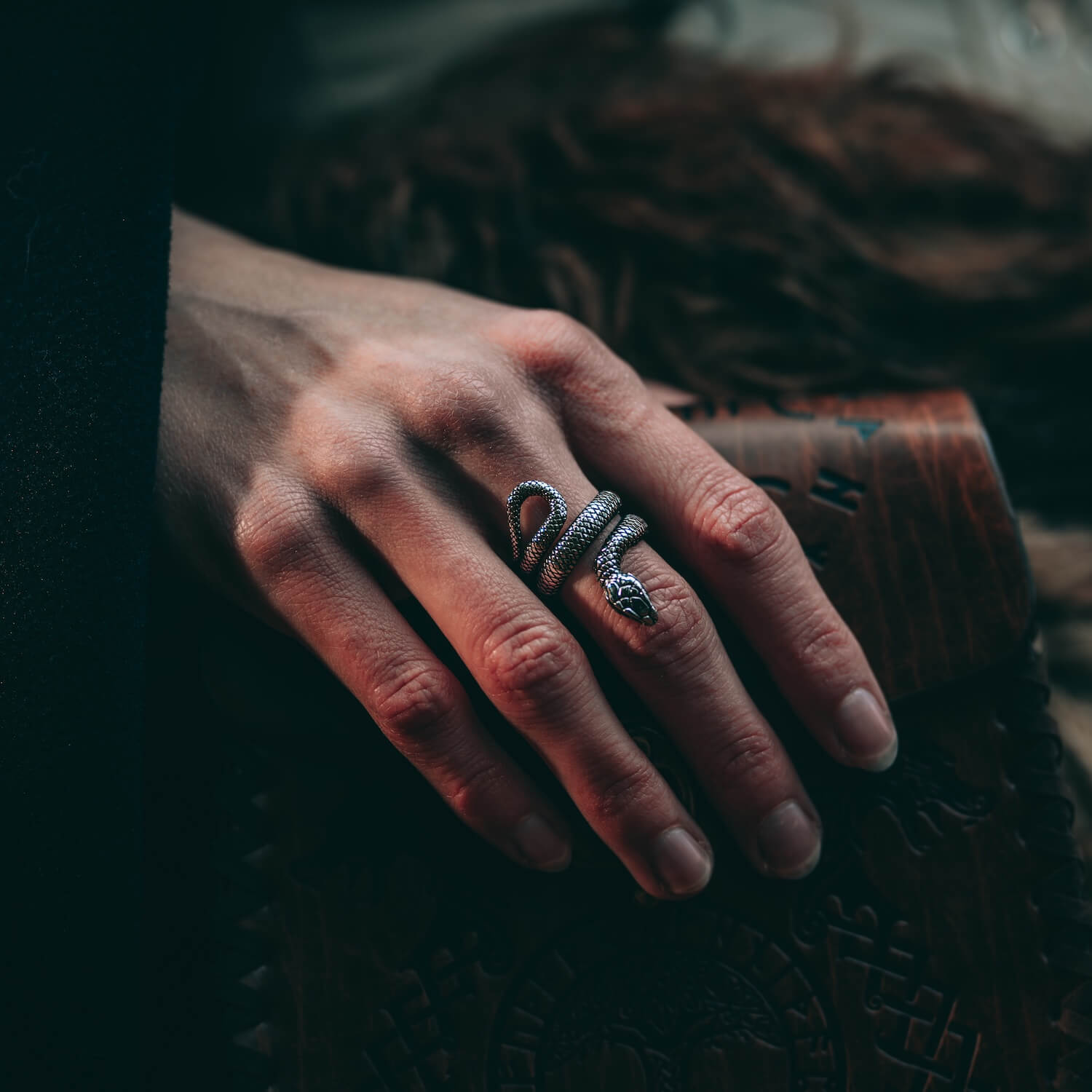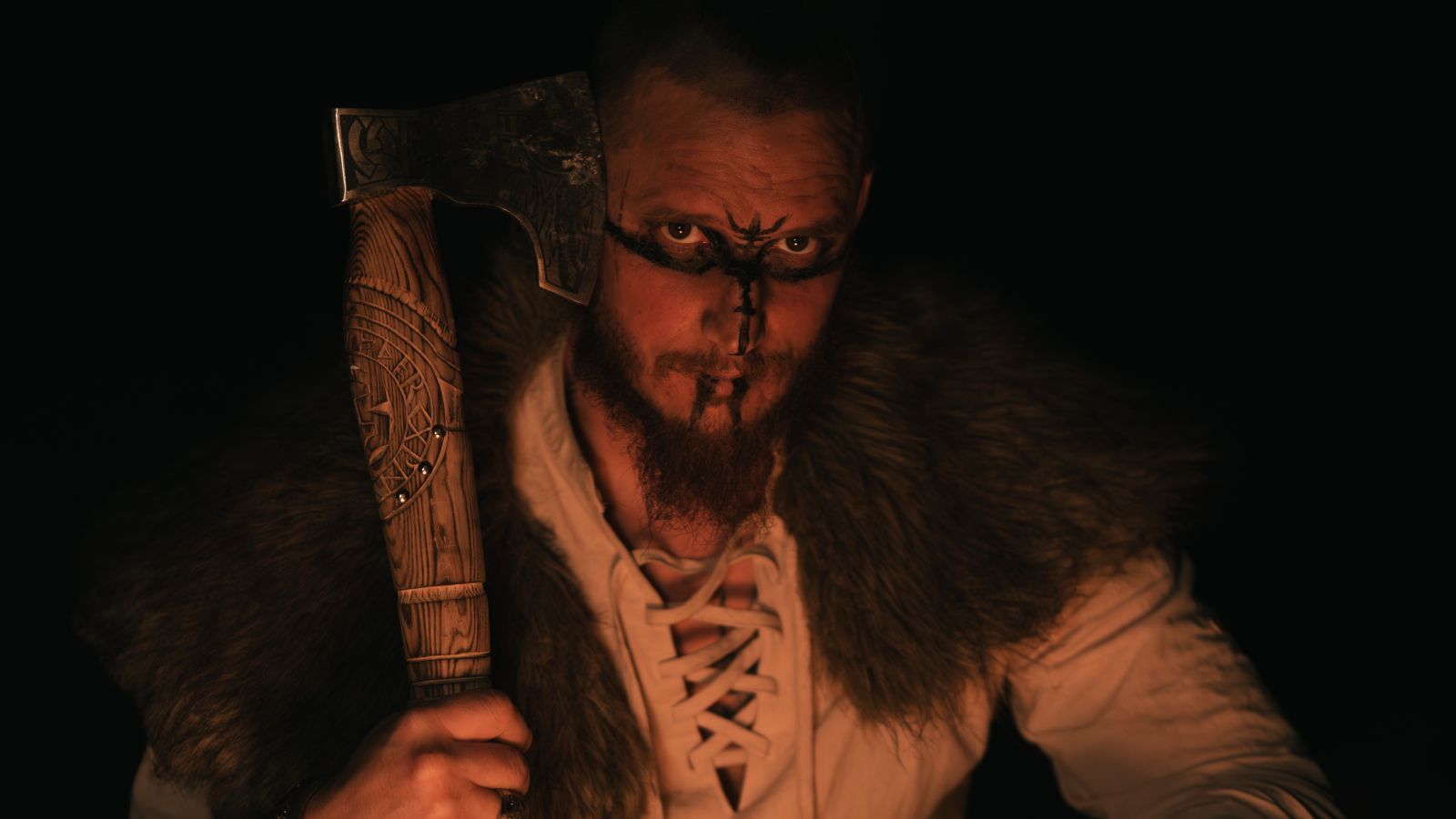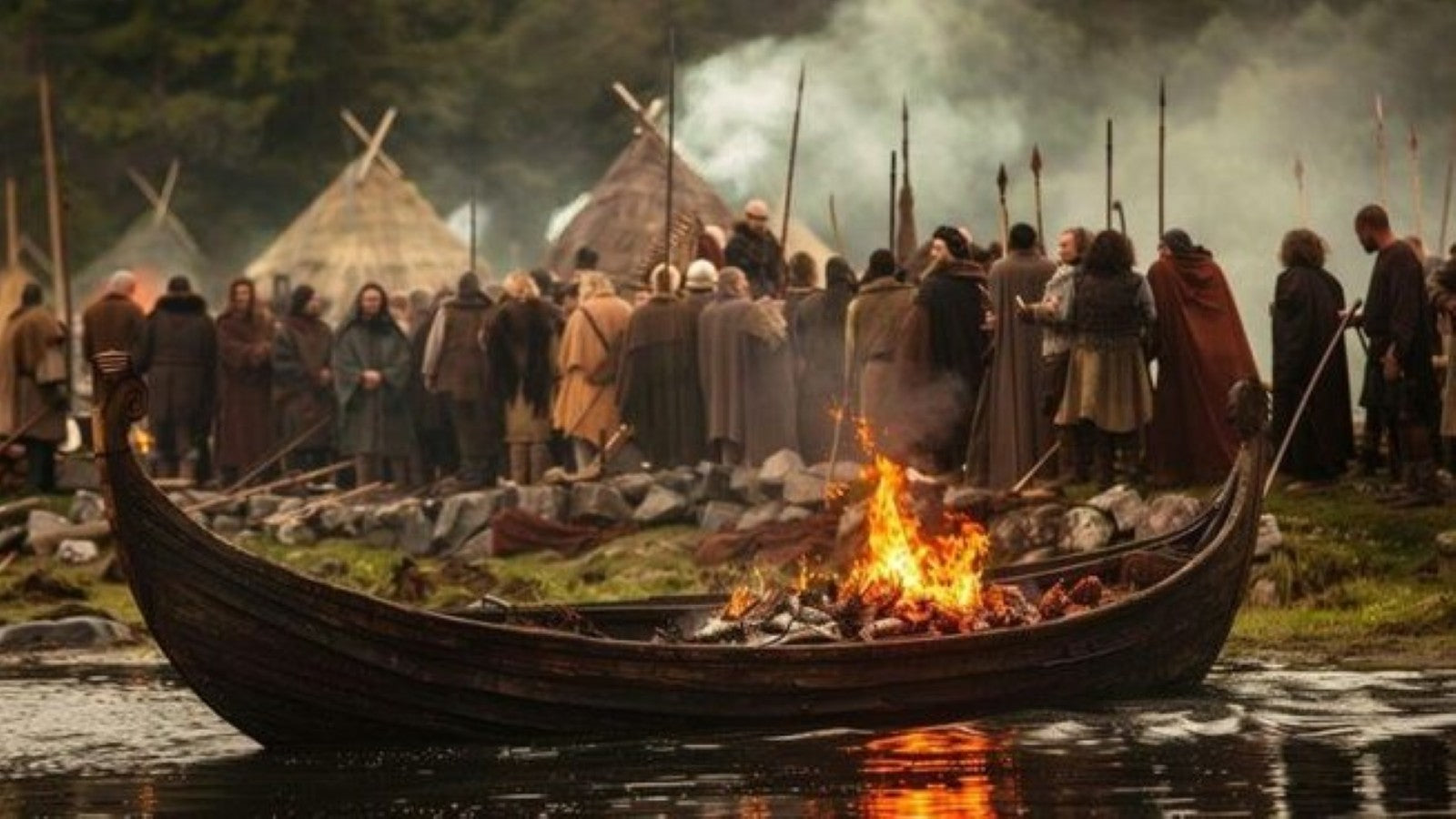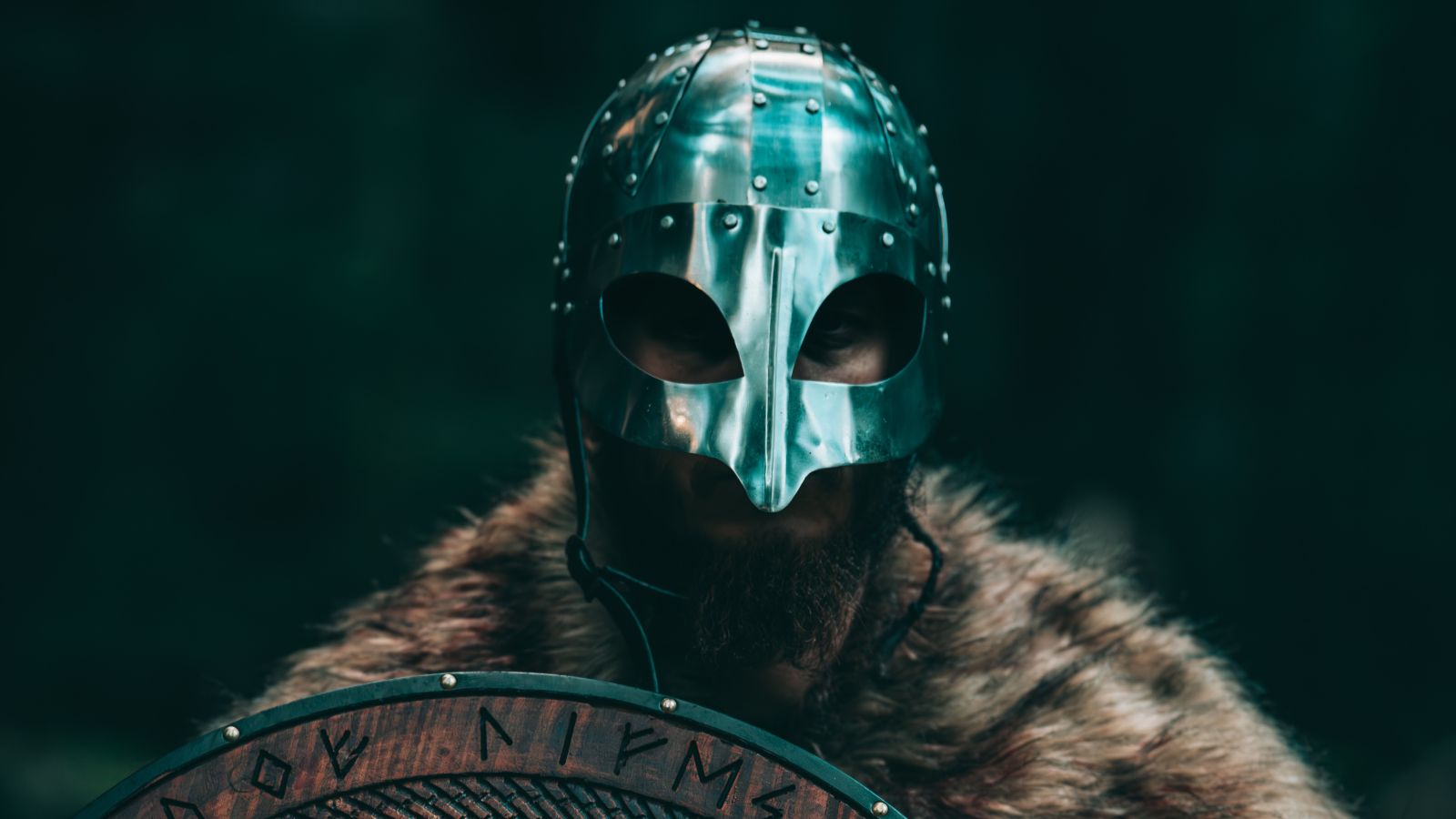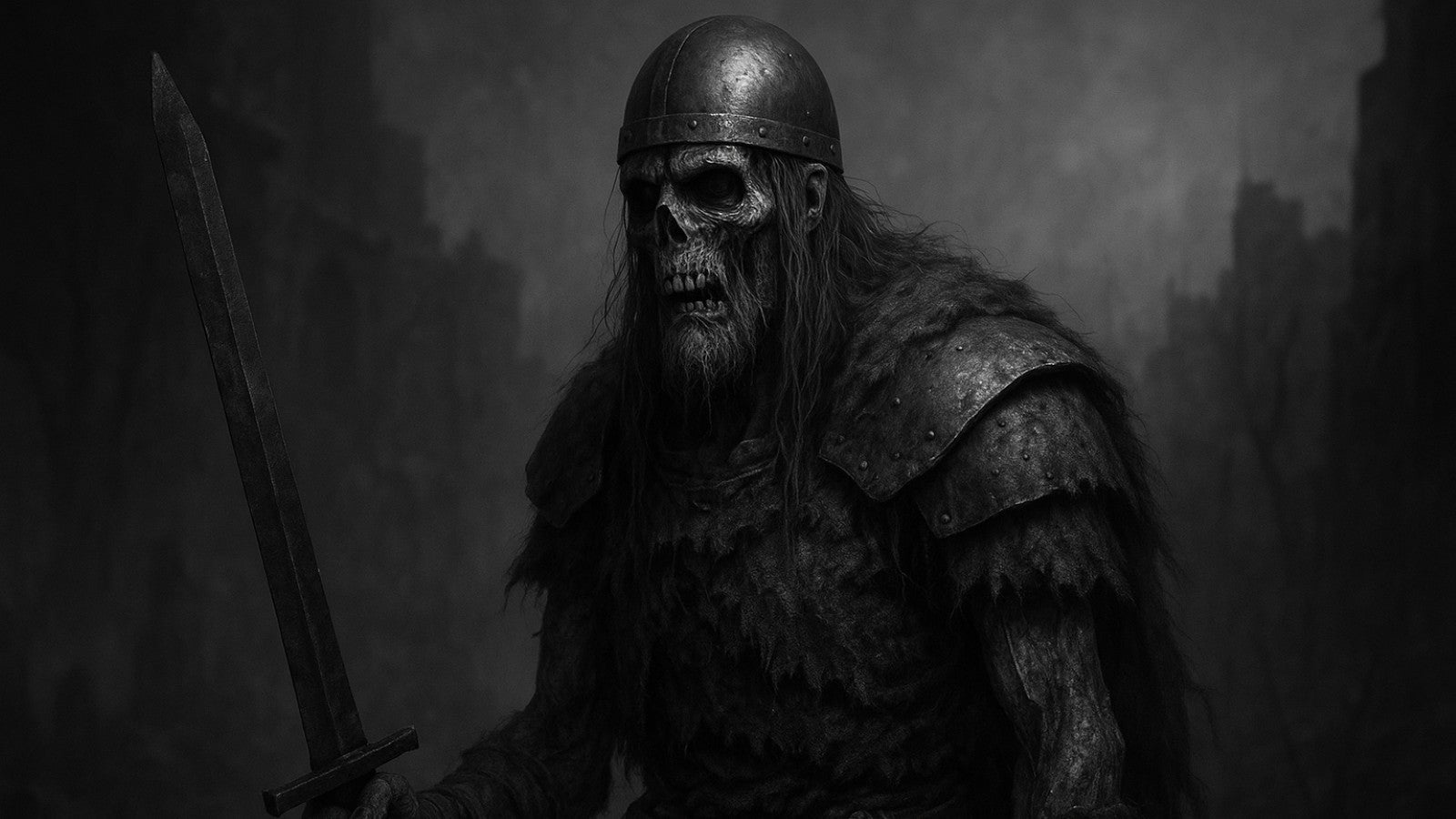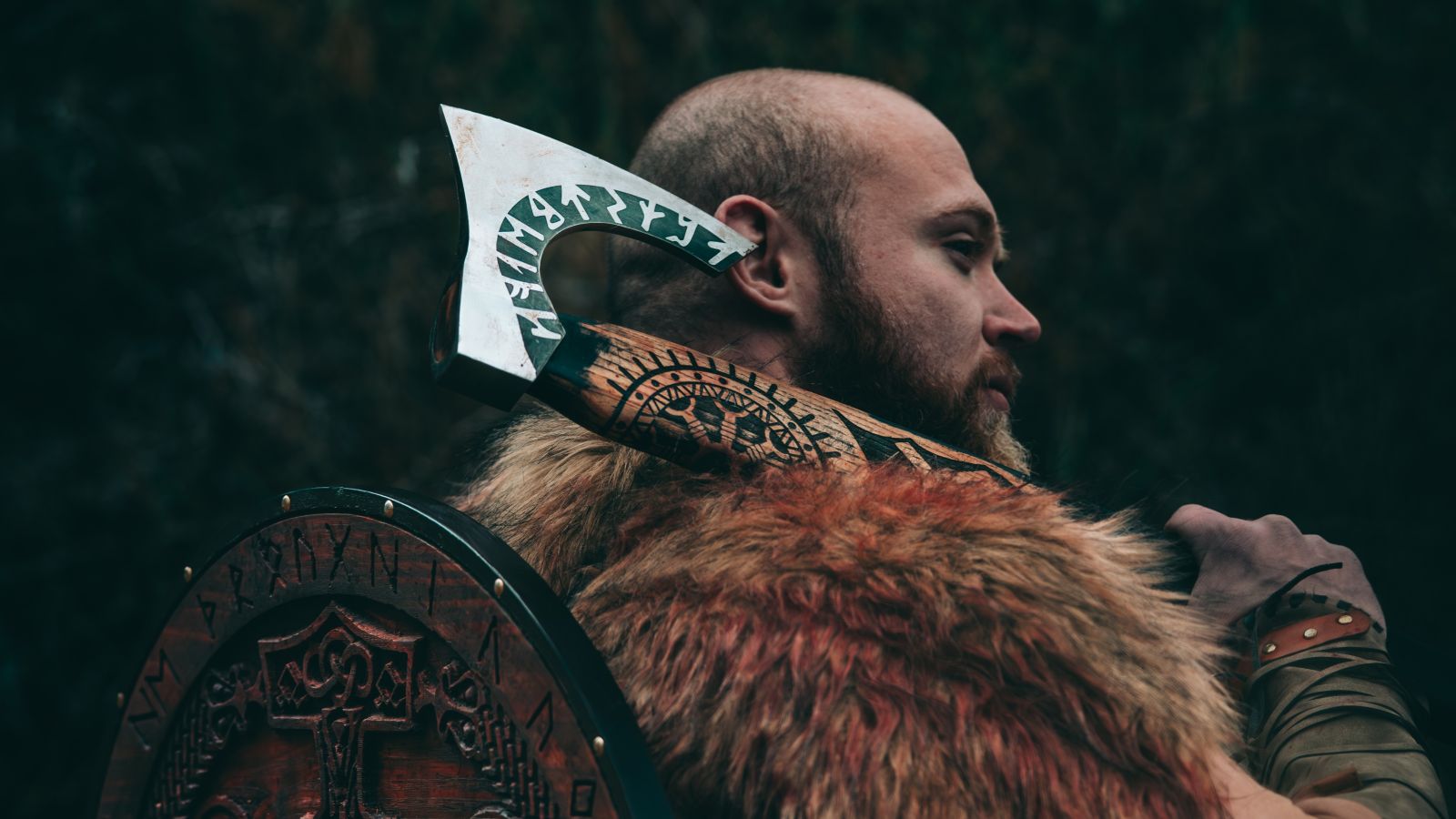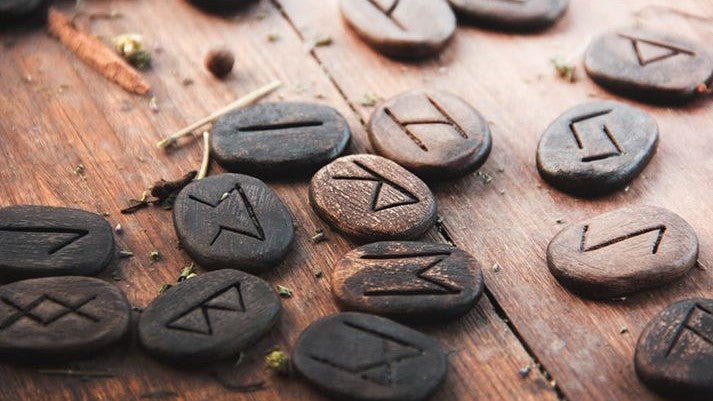
The Role of Runes in Norse Culture: Writing, Divination, and Magic
In the intricate tapestry of Norse culture, runes emerge as enigmatic symbols that weave through the fabric of history, carrying with them a profound significance. From the earliest periods of Scandinavian civilization to the zenith of the Viking Age, runes held sway over various aspects of life, serving as more than mere letters etched onto wood or stone.
In the dawn of Norse civilization, before the advent of the Latin alphabet, runes stood as the primary script of the North Germanic peoples. These characters, known collectively as the runic alphabet or Futhark, derived their name from the first six letters of the runic sequence. Each rune carried not only phonetic value but also held deep symbolic significance, representing elements of the natural world, cosmic forces, and aspects of human existence.
The runes transcended their function as a writing system, permeating into the realm of divination and prophecy. Seers and shamans of old wielded runic inscriptions as tools for discerning the will of the gods and unraveling the threads of fate. Through rituals of casting or drawing runes, practitioners sought guidance, clarity, and foresight into matters of importance, be it war, harvest, or personal destiny. The patterns formed by the scattered runes were interpreted with reverence, offering glimpses into the hidden currents of existence.
Beyond the realms of writing and divination, runes held sway over the domain of magic, serving as conduits for tapping into mystical energies and shaping the forces of the cosmos. From protective charms inscribed upon amulets to spells of binding and enchantment, runic magic permeated various facets of Norse life. The very act of carving or chanting runic incantations was believed to evoke the powers of creation and transformation, invoking the blessings of the gods or warding off malevolent forces.
Though the era of Norse supremacy has long passed into the annals of history, the legacy of runes endures, etched not only in ancient stone monuments but also in the collective consciousness of modern enthusiasts. Today, amidst a resurgence of interest in Norse culture and spirituality, runes continue to captivate minds and hearts, serving as potent symbols of heritage, wisdom, and connection to the past.
The role of runes in Norse culture transcends the boundaries of mere writing, divination, or magic. They embody the essence of a bygone era, where the mysteries of the cosmos were whispered in the wind and the threads of destiny woven by the hands of the gods.

